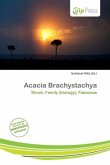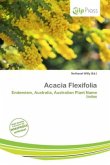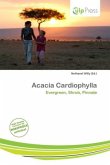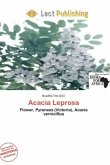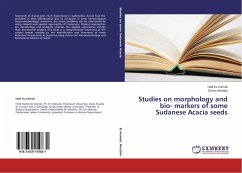Please note that the content of this book primarily consists of articles available from Wikipedia or other free sources online. Acacia verniciflua, commonly known as Varnish Wattle, is a shrub or small tree species that is to . It has an erect or spreading habit, growing to between 1 and 6 metres high, The are often sticky and lustrous and vary in length, width and shape. The globular pale-yellow flowerheads appear in the leaf axils from July to November, followed by seedpods that are up to 10 cm long and unconstricted. These contain shiny black seeds. Three forms identified in the Flora of Victoria (1996) have since been assigned to other species as follows: A. verniciflua (Casterton variant) - Acacia exudans The species occurs in dry sclerophyll forest in , , and . There are two subcategories of endemism - paleoendemism and neoendemism. Paleoendemism refers to a species that was formerly widespread but is now restricted to a smaller area. Neoendemism refers to a species that has recently arisen such as a species that has diverged and become reproductively isolated, or one that has formed following hybridization and is now classified as a separate species. This is a common process in plants, especially those which exhibit .
Bitte wählen Sie Ihr Anliegen aus.
Rechnungen
Retourenschein anfordern
Bestellstatus
Storno



